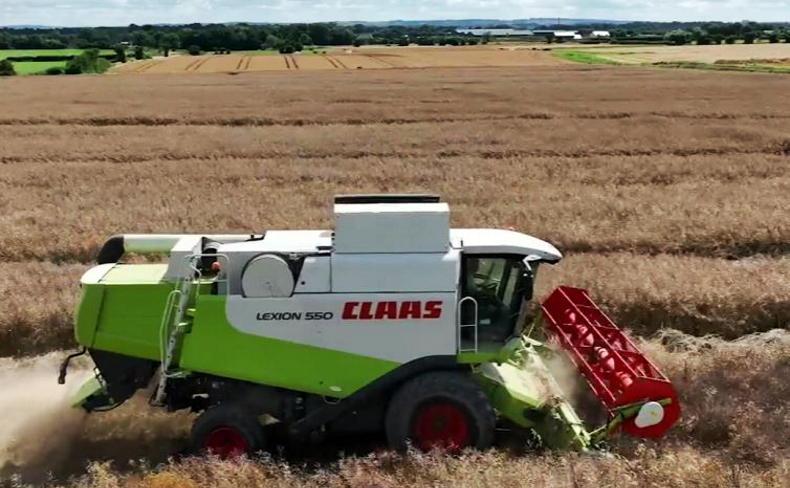“Timing your run, especially with the forward crops we have is very important,” according to John O’Loughlin of Grassland Agro. He was speaking at the Irish Tillage and Land Use Society’s spring workshop, at the Drummonds trial site.
John said phosphorus is “a tricky nutrient”. The major nutrient is important for grain yield and root health, but it takes a long time to build up in the soil. It can also become locked up in the soil and this process can happen quickly after application, so timing that application with plant demand is essential.
He explained that soil phosphorus availability is strongly linked to the soil’s cation exchange capacity (CEC). The CEC is strongly linked to soil texture and treating soils with more specific nutrition is important.
John noted: “The reality is that for a lot of farms with a bit more body in the soil you could be looking at 75 or 100kg/ha of additional phosphorus, over uptake, to rise your soil test phosphorus one part per million.”
The P index for soil is based on the parts per million (ppm) of phosphorus in the soil. Index 1 soils have between zero and 3ppm for example. John explained that to increase P levels in the soil by 1ppm you could need anywhere from 75kg/ha to 300kg/ha of P after offtakes. Fertiliser regulations don’t allow this amount of P to be applied of course, but it does help to explain how difficult it is to build soil indices.
John explained that P is less available when soil pH isn’t at optimum levels. If soil pH isn’t right, then 90% of the P applied can become locked up in the soil in the first few weeks after application and most likely be unavailable.
He explained that taking different approaches to P application, like using products like Agriphos as Drummonds are on their trial site, or similar products like Top Phos it can help to have P available when it is needed by the plant as this P does not get locked up.
“Thinking about the forms of phosphorus that we’re using and the timing of its use are important. For example, it won’t be needed in cold weather when there is no growth,” he added.










SHARING OPTIONS